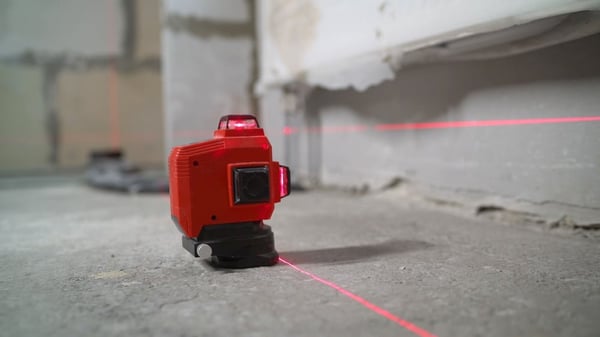If you haven’t already, at some stage you are going to encounter a difficult customer and need to have the tough conversations. Being a heavily time and budget dependent industry means that stakeholders are under pressure to deliver a project and will naturally prioritise their own agenda to achieve this. While everyone would prefer a project to be smooth sailing, it’s not always realistic, so we have compiled some tips to help you navigate those trickier customers.
Quote with confidence
- Communicate early and often
- Let them be heard
- Be solutions-focused
- Escalate the issue where required
- Respond with accuracy and over-deliver
- Follow-up to ensure satisfaction
Tip 1 – Communicate early and often

This can also be used as a preventative method to avoid a customer becoming disgruntled, but early and regular communication is essential. This is particularly important when you are servicing a customer for the first time, as you will be forging a communication style and cadence that they align to. Address any issues immediately to try and troubleshoot a solution, rather than trying to lose time and money to find a fix and not upset them (a classic trap). This garners respect from your customer and builds your credibility as an open and transparent partner. Importantly, don’t just communicate the issues – let them know when you are meeting or exceeding timelines and costs to build their confidence in you.
Tip 2 – Let them be heard
Often an upset customer is seeking a platform to be heard – provide them with one. It is easy to hide behind a text or email asking them to outline their concerns, but setting time for a face to face meeting (or video conference) signals intent and shows them you are taking it seriously. Be empathetic, genuine and ensure that when you finish the meeting, you have captured all their concerns and agreed on the solutions that would best satisfy the customer needs. Understanding that there can be complexities around admitting responsibility without all the facts, it is okay to apologise that the issue has arisen and advising you will revert as soon as you have had an opportunity to investigate the situation.
Tip 3 – Be solutions-focused

When issues arise, put yourself in your customers position. Would you want to hear a litany of excuses as to why a project is behind, such as the weather, unreliable contractors or machine breakdowns? No – you want the facts delivered with a proposed solution (or solutions) to address the problem. Have a plan formulated that you can clearly articulate, but that can be modified based on inputs from the customer. Your plan should prioritise the issues, the approach, time-frame, resources and budget required to get the project back on track.
Tip 4 – Escalate the issue where required
For minor project issues, the solution might be low-cost, straightforward and have little impact on deadlines. However, in the instance of a significant issue, it can be beneficial to escalate the problem within your firm and involve more senior personnel to help you address it. This is often valuable if the customer is becoming increasingly emotional and you require a third party to help you communicate with them, or to observe your response. Additionally, it can signal to your client that you are taking the issue seriously by including a senior member of your company. This can also be beneficial when the issue is brought to you by a senior customer, as you can ensure appropriate executive-level engagement is exercised.
Tip 5 – Respond with accuracy and over-deliver

In dealing with difficult clients, it is pivotal that you provide an accurate and considered response to address the issues and even over-deliver where possible. It is easy to be hasty in your efforts to placate an emotional customer, however “promising dreams and delivering nightmares” will only further exacerbate their frustrations and erode your credibility. Provide them with a realistic timeframe for you to gather the necessary facts surrounding the issues and the inputs required to address them. Document your discussion and the agreed timeframe and deliverables and send them through after the meeting so both parties can keep each other accountable.
Tip 6 – Follow-up to ensure satisfaction
Tying back to Tip 1 regarding the importance of communication, make sure you connect with the customer to gauge their satisfaction with how you have addressed the issues. A customer who has already complained once might be hesitant to do so again and while this might mean you avoid having further difficult conversations, they are unlikely to use you again or refer you. It is less about receiving gratitude for the fix and more about ensuring you have left the customer with a positive experience and outcome. If appropriate, let them know how this encounter has helped improved your service offering and thank them for their partnership in providing a solution – this validates their frustrations and demonstrates how you will apply the learnings to projects moving forward.
How do you deal with difficult customers in construction?
Encountering a difficult customer in construction is (unfortunately) inevitable. The key steps to effectively addressing them can be summarised as follows:
- Communicating with them early and often
- Giving them a platform to be heard
- Being solutions focused without appointing blame
- Escalating the issue where required
- Responding accurately and over-delivering
- Following-up to ensure they are satisfied
To keep up to date with the latest mining, construction and industry news, subscribe to iseekplant's Constunctionsht blog.


